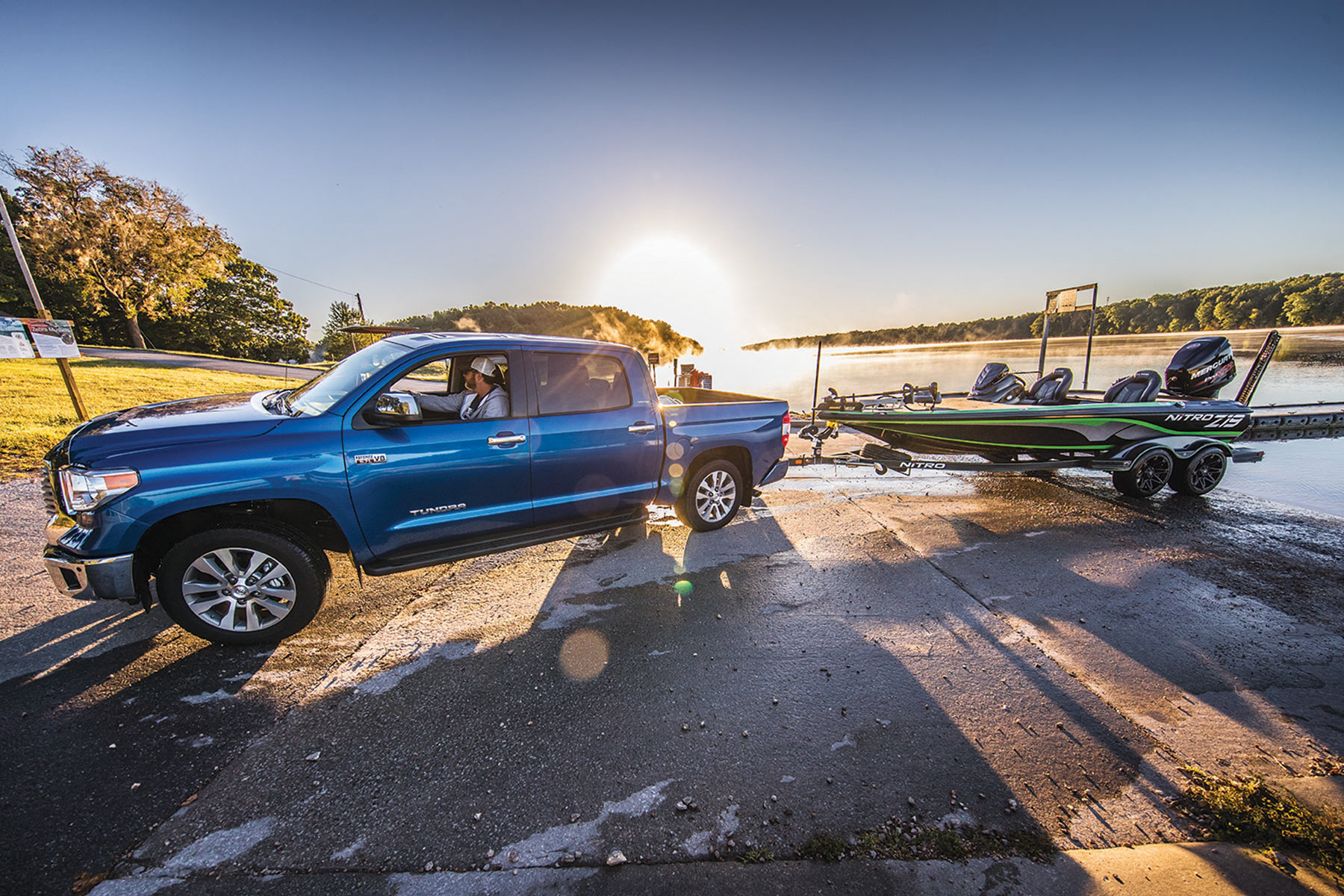FISHING
Lake Guntersville, Ala.
Why go there: The lake stretches 75 miles on the Tennessee River and is Alabama’s largest lake at 69,000 acres. Bassmaster magazine lists Guntersville near the top of its list of best bass lakes. Largemouth bass are king, but you can go below Guntersville Dam and fish the tailrace for giant catfish anytime, as well as striped bass in spring. Lake Guntersville State Park sits on 6,000 acres with stunning views of the lake from its mountaintop location. A lodge, cottages, chalets and an 18-hole golf course are top amenities.
Fishing tip: Big largemouth gang up on underwater ledges bordering the river channel during summer. Cooler water is the reason why, as well as baitfish activity. Tie on a deep diving crankbait for rod-bending action.
CRUISING/WATERSPORTS
St. Johns River, Fla.
Why go there: At 310 miles long, this lazy river flows from south to north into the Atlantic Ocean at Jacksonville. The longest river in Florida, the St. Johns winds through the deep history of old Florida, and towns along the way—like Palatka and Green Cove Springs—are worth a stop. With a drop of less than 30 feet, or one inch per mile, the St. Johns is one of the laziest rivers in the world, making it ideal for slow days of cruising through its 14 lakes.
Cruising tip: A visit to a Florida freshwater spring is a must when traversing the St. Johns River. The crystal-clear water that stays a constant 72 degrees year-round is a great place to do some snorkeling and swimming. The most popular spring with the clearest water is Silver Glen Springs in Lake George.
CAMPING
Kentucky & Barkley Lakes, Tenn./Ky.
Why go there: Kentucky and Barkley lakes are big at 183 and 134 miles, respectively. Between them are three standout state park resorts in Lake Barkley, Kenlake and Kentucky Dam Village. For something different, the main attraction is Land Between the Lakes National Recreation Area, a 170,000-acre outdoors paradise that spans a peninsula between the lakes. You name it, you can do it—from lakeside and primitive camping to hiking, biking, horseback riding and even OHV riding. There is 2,500 acres set aside for OHVs, and there are even designated water trails for paddlers.
Camping tip: You can camp almost anywhere. For something different, try the Basic and Dispersed Camping Area sites spread out across the LBL. The five Basic sites are situated in open field areas without defined campsites and feature boat ramps and toilet facilities. Dispersed locations are remote campsites throughout the recreation area that span the 300 miles of shoreline.
KAYAKING
Florida Circumnavigational Saltwater Paddling Trail (statewide)
Why go there: Beginning at Big Lagoon State Park near Pensacola, extending around the Florida peninsula and Keys, and ending at Fort Clinch State Park near the Georgia state line, the trail is a 1,515-mile sea kayaking paradise. The trail includes every Florida coastal habitat type, from barrier island dune systems to salt marsh to mangroves. Numerous historical sites and points of interest are accessible by kayak, along with colorful fishing communities and urban centers.
Yak tip: The trail is divided into 26 segments, each with its own distinct features. The trail traverses 20 national parks, seashores, wildlife refuges and marine sanctuaries, 37 Florida aquatic preserves and 47 Florida state parks, along with numerous local parks and preserves. No matter where you are in Florida, the trail is nearby, so you can plan a trip based on available time and desires.






